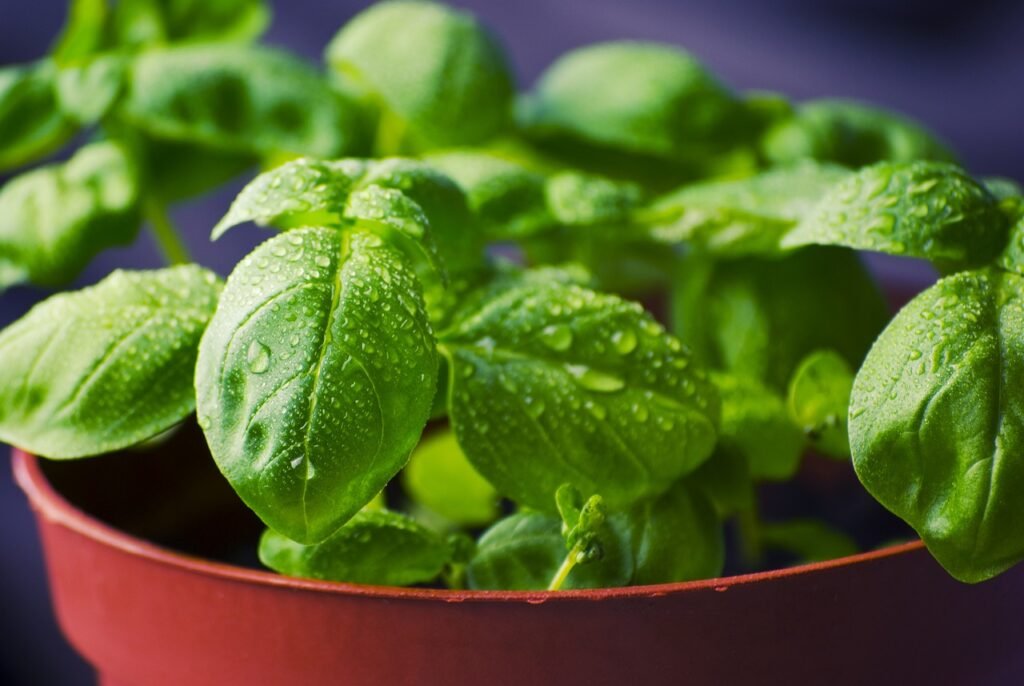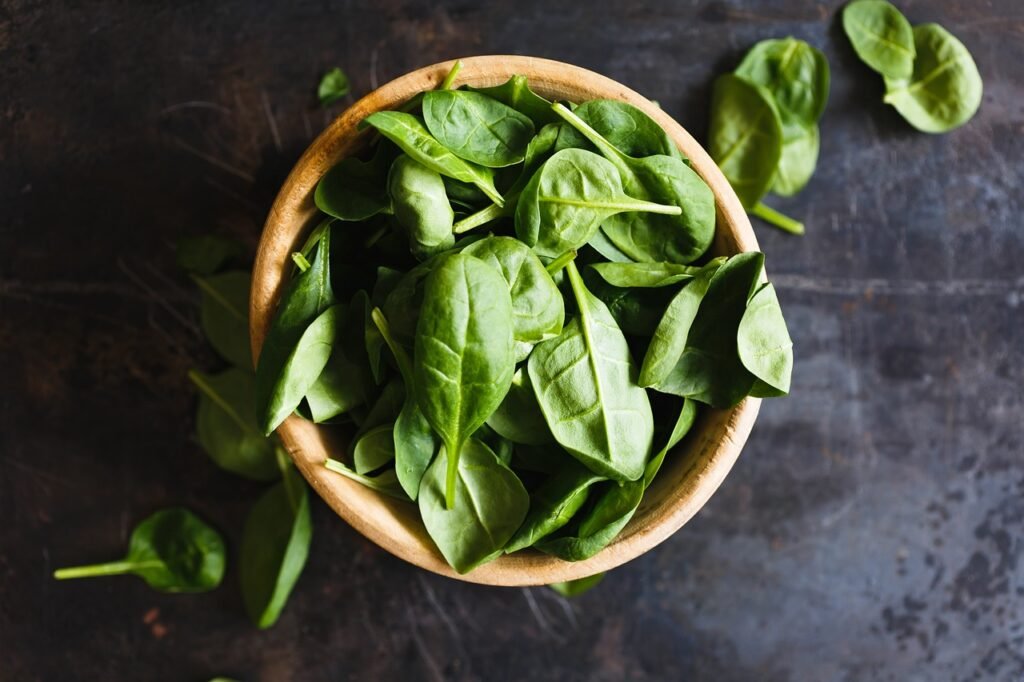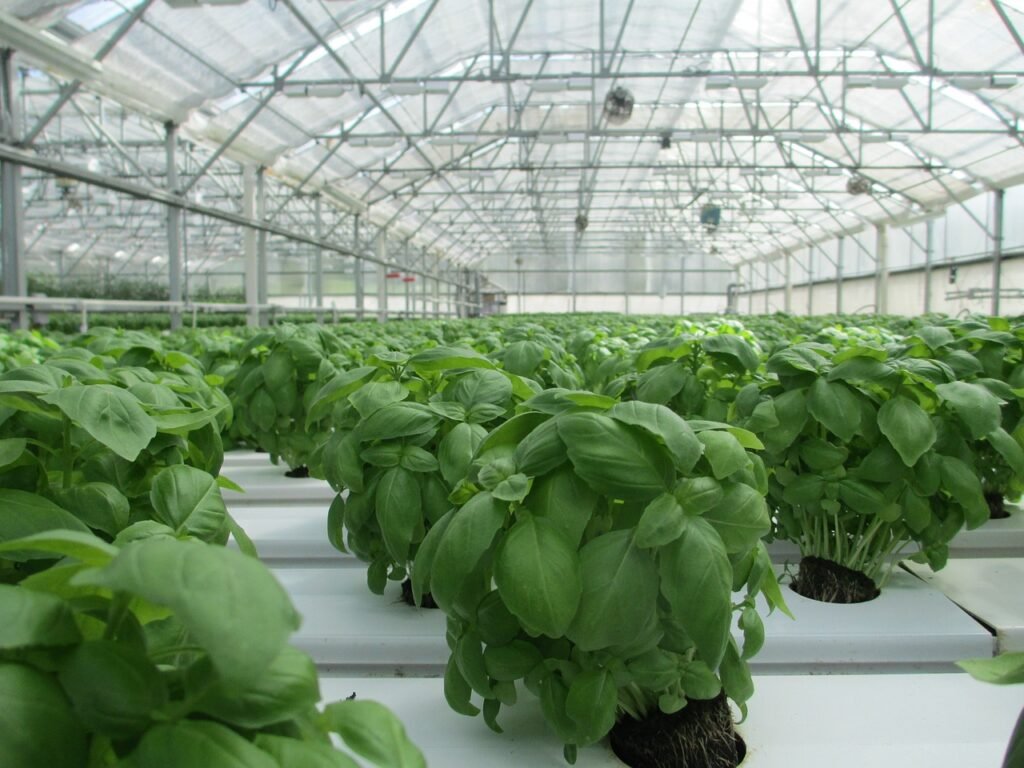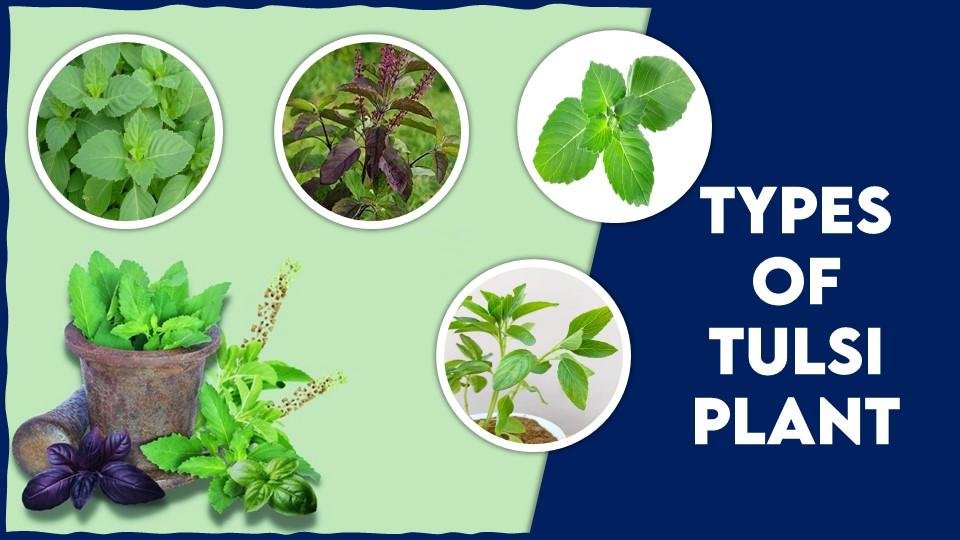
Tulsi Farming – Tulsi, scientifically known as Ocimum sanctum or Ocimum tenuiflorum, is a highly revered and sacred herb in many cultures around the world, particularly in India.
It holds a sacred and revered place in the country’s culture, religion, and traditions. Its significance extends beyond its culinary and medicinal uses, as it is deeply intertwined with the spiritual fabric of Indian society. With a rich cultural heritage deeply rooted in Indian traditions, tulsi has captivated the attention of not only devotees but also savvy entrepreneurs seeking profitable agribusiness opportunities. In this article, we delve into the entrepreneurial potential of tulsi farming, exploring the key factors that contribute to its financial viability and the steps needed to unlock its potential gains.

Cultivation and Growing Conditions
Tulsi is native to the Indian subcontinent and is well-suited to tropical and subtropical climates. It is commonly cultivated in countries like India, Thailand, Indonesia, and Nepal. Here are some key points about tulsi cultivation:
1. Climate: Tulsi thrives in warm climates with temperatures between 20 to 30 degrees Celsius (68 to 86 degrees Fahrenheit). It is slightly sensitive to frost and cold temperatures.
2. Soil: Tulsi prefers well-drained, fertile soil with good organic matter content. It can tolerate a range of soil types but performs best in soil that retains moisture.
3. Sunlight: Tulsi requires ample sunlight for optimal growth. It is recommended to plant tulsi in an area that receives at least 6 to 8 hours of sunlight daily.
4. Watering: While tulsi can tolerate drought conditions to some extent, regular watering is important, especially during dry periods. However, waterlogging should be avoided.
5. Propagation: Tulsi can be propagated from seeds or cuttings. Seeds are commonly used for large-scale cultivation, while cuttings are preferred for home gardening.

Cultural and Spiritual Significance of Tulsi
Tulsi holds deep spiritual and cultural importance, particularly in Hinduism. It is often planted in courtyards and temples and worshiped as a goddess and protector. The leaves of the tulsi plant are used in religious ceremonies, and tulsi necklaces are worn by devotees as a sign of their devotion. In Indian folklore, tulsi is associated with various legends and stories that highlight its divine attributes.
Also Read –
Culinary and Medicinal Uses of Tulsi
Tulsi, revered for its cultural and spiritual significance, also offers an array of health benefits recognized by traditional medicine systems like Ayurveda and traditional Chinese medicine. It is known to boost immunity, reduce stress, support respiratory health, aid digestion, and provide anti-inflammatory and antioxidant benefits. Additionally, tulsi’s extracts find application in skincare products for their cleansing properties. The holistic advantages of tulsi make it a cherished herb with wide-ranging wellness potential.
Earnings/Profits from Tulsi Farming
The amount of money that can be earned by tulsi farming from 1 acre depends on several factors, including the yield, the price of tulsi leaves, and the cost of cultivation.
The yield of tulsi leaves can vary depending on the variety of tulsi, the soil quality, the climate, and the level of care and management. In general, you can expect around 20-25 quintals of dry tulsi leaves per acre.
The price of tulsi leaves also varies depending on the variety, the quality, the time of year, and the market conditions. However, in general, you can expect to get around INR 50-80 per kg for dry tulsi leaves.
The cost of cultivation for 1 acre of tulsi farming is around INR 28,000-30,000. This includes the cost of seeds, seedlings, fertilizers, pesticides, irrigation, and labor.
The first harvest is done at around 90 days after planting and subsequent cuttings are practiced every 75 days. Apart from dry leaves, farmers also sell Essential oils extracted from Tulsi leaves.
So, assuming a yield of 20-25 quintals of dry tulsi leaves per acre, a price of INR 50-80 per kg, and a cost of cultivation of INR 28,000-30,000, the total income from an acre of tulsi farming can range from INR 1.5-3 Lakhs.
In other words, combining profits from sales of dry Tulsi leaves and Essential oils you can expect to earn a profit of up to INR 3 lakhs from tulsi farming, and that too in just 3 months.

Lucrative agribusiness opportunity
Tulsi farming has evolved from a spiritual and cultural practice into a potentially lucrative agribusiness opportunity. The rising demand for natural and organic products has positioned tulsi, or Holy Basil, as a key player in the market. Entrepreneurs exploring tulsi farming should focus on producing high-quality leaves with exceptional flavor and aroma, which can command premium prices. Diversification through value-added products, such as essential oils and cosmetics, offers avenues for enhanced profitability.
Market intelligence and effective branding are crucial in a dynamic agricultural landscape, helping farmers tailor their products to consumer preferences and command higher prices. Government support and sustainable practices further contribute to the potential profitability of tulsi farming.
Tulsi’s cultural heritage merges seamlessly with the promise of financial gains, inviting both newcomers and seasoned entrepreneurs to explore the diverse opportunities this unique crop offers. As tulsi transcends tradition to meet modern market demands, its journey from sacred herb to profitable venture is one that holds immense potential for those willing to embrace its multifaceted benefits.
Conclusion
Tulsi farming, once steeped in spirituality and tradition, has emerged as a realm of promising financial opportunity. Its potential for profitability lies in catering to the surging demand for natural and organic products, providing premium-quality offerings, and diversifying into value-added products. By embracing efficient resource management, market intelligence, and sustainable practices, entrepreneurs can unlock the gates to a realm of substantial financial gains. As tulsi’s cultural legacy intertwines with the promise of profitability, it beckons aspiring farmers and seasoned agripreneurs alike to explore its captivating world of possibilities.
Latest Post…
- DeHaat acquires Olam owned AgriCentral offerings to over 12Mn farmers
- Difference between A1 and A2 milk
- Contract Farming in India : Advantage, Types, Successful Model
- Top 10 Modern Agriculture Tools used in Agriculture
- Types of Tulsi Plant in India
- December Issue 2024 (Farmers Day) -Times of Agriculture Magazine







